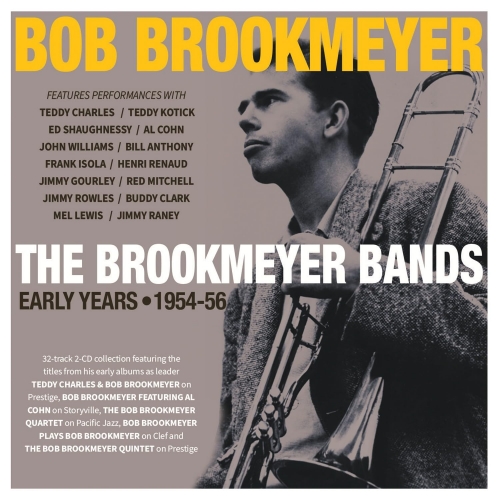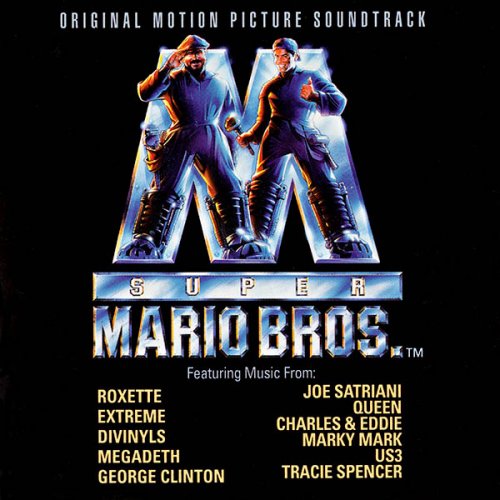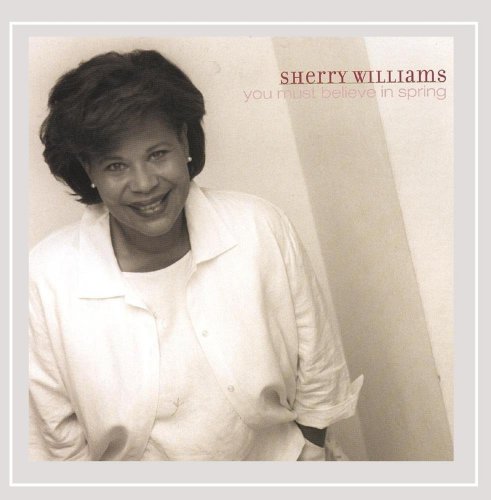Trio Laflamme - Works for Trio (2017)
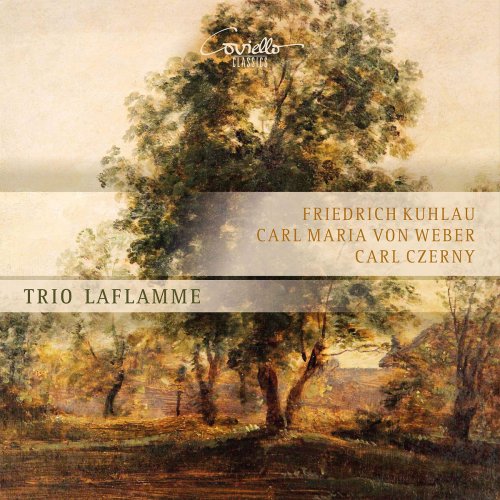
Artist: Trio Laflamme
Title: Works for Trio
Year Of Release: 2017
Label: Coviello Classics
Genre: Classical
Quality: flac lossless
Total Time: 01:00:19
Total Size: 259 mb
WebSite: Album Preview
TracklistTitle: Works for Trio
Year Of Release: 2017
Label: Coviello Classics
Genre: Classical
Quality: flac lossless
Total Time: 01:00:19
Total Size: 259 mb
WebSite: Album Preview
---------
01. Trio in G Major, Op. 119: I. Allegro moderato
02. Trio in G Major, Op. 119: II. Adagio patetico
03. Trio in G Major, Op. 119: III. Rondo. allegro
04. Trio for Piano, Flute and Cello in G Minor, Op. 63, J. 259: I. Allegro moderato
05. Trio for Piano, Flute and Cello in G Minor, Op. 63, J. 259: II. Scherzo-Allegro vivace
06. Trio for Piano, Flute and Cello in G Minor, Op. 63, J. 259: III. Schäfers Klage-Andante espressivo
07. Trio for Piano, Flute and Cello in G Minor, Op. 63, J. 259: IV. Finale. Allegro
08. Fantasia Concertante for Piano, Flute and Cello, Op. 256
The innovative changes that characterise musical instrument making at the beginning of the 19th century reflect the increasing technical demands of composers as well as the needs of musicians striving for perfection and the audiences’ insatiable thirst for novelty. The harpsichord, which had definitely fallen out of favor because of its limited musical expression, was now superseded by the pianoforte. The range of the new instrument was expanded and in order to enhance its expressive possibilities, pedals were added to modify its tone colour and timbre. Another instrument also underwent a rapid evolution: the transverse flute. The famous flute-maker Johann Georg Tromlitz developed a new key system that allowed flute players to perform with greater velocity, produce a pleasant, even tone and optimise intonation across the full range of the instrument. As to the cello, innovation affected not so much ist construction as ist role: the instrument gradually freed itself from playing a supporting role to the piano and became an equal partner in the ensemble, engaging in dialogue with the other instruments in its own right. And so this combination of instruments – flute, cello and piano – was now ready to establish itself in the chamber music genre.
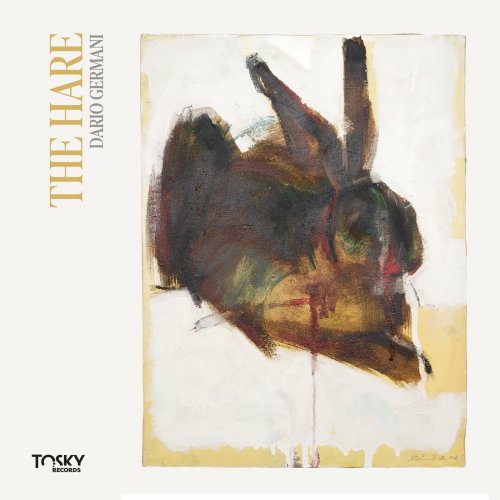
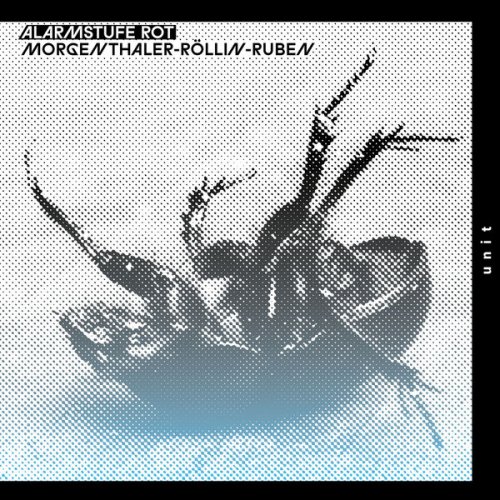
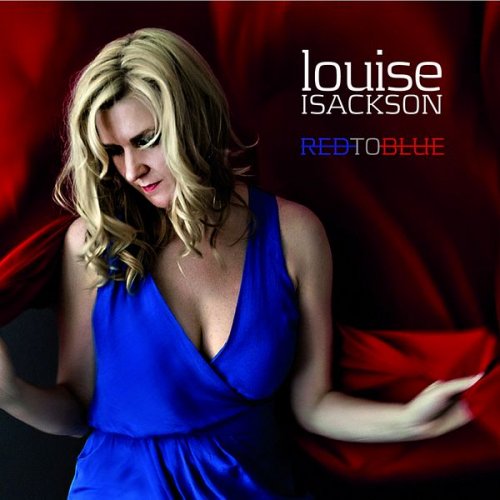

![Frank Sinatra - Christmas (Remastered) (2013) [Hi-Res] Frank Sinatra - Christmas (Remastered) (2013) [Hi-Res]](https://www.dibpic.com/uploads/posts/2025-12/1765618088_fsc500.jpg)
